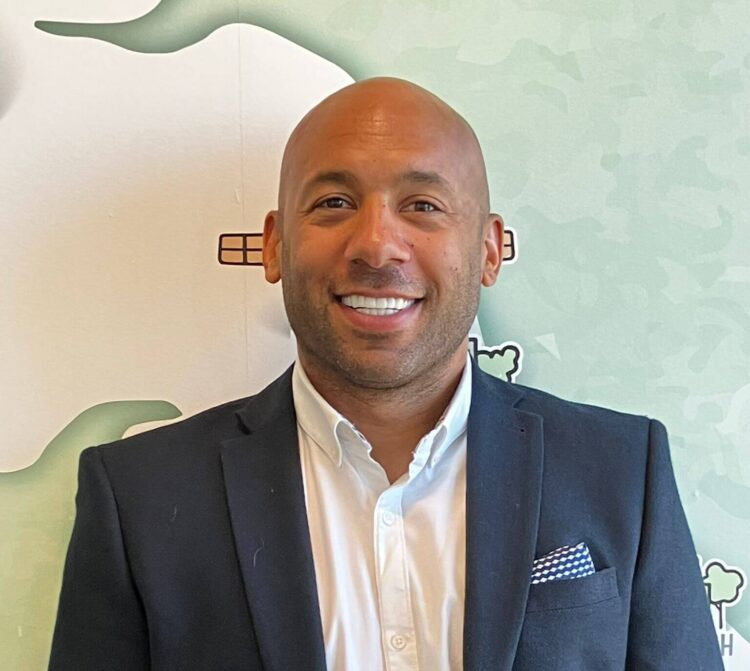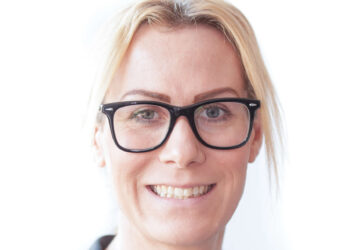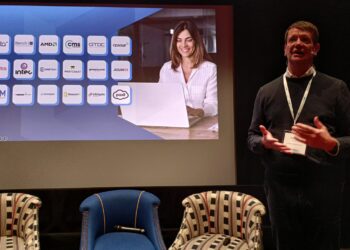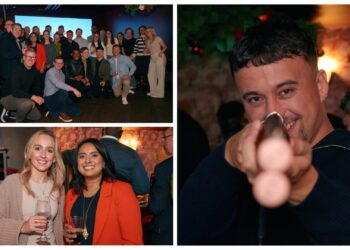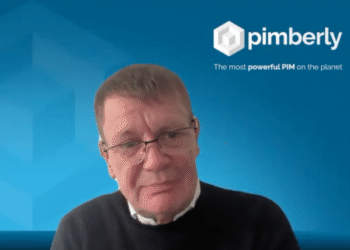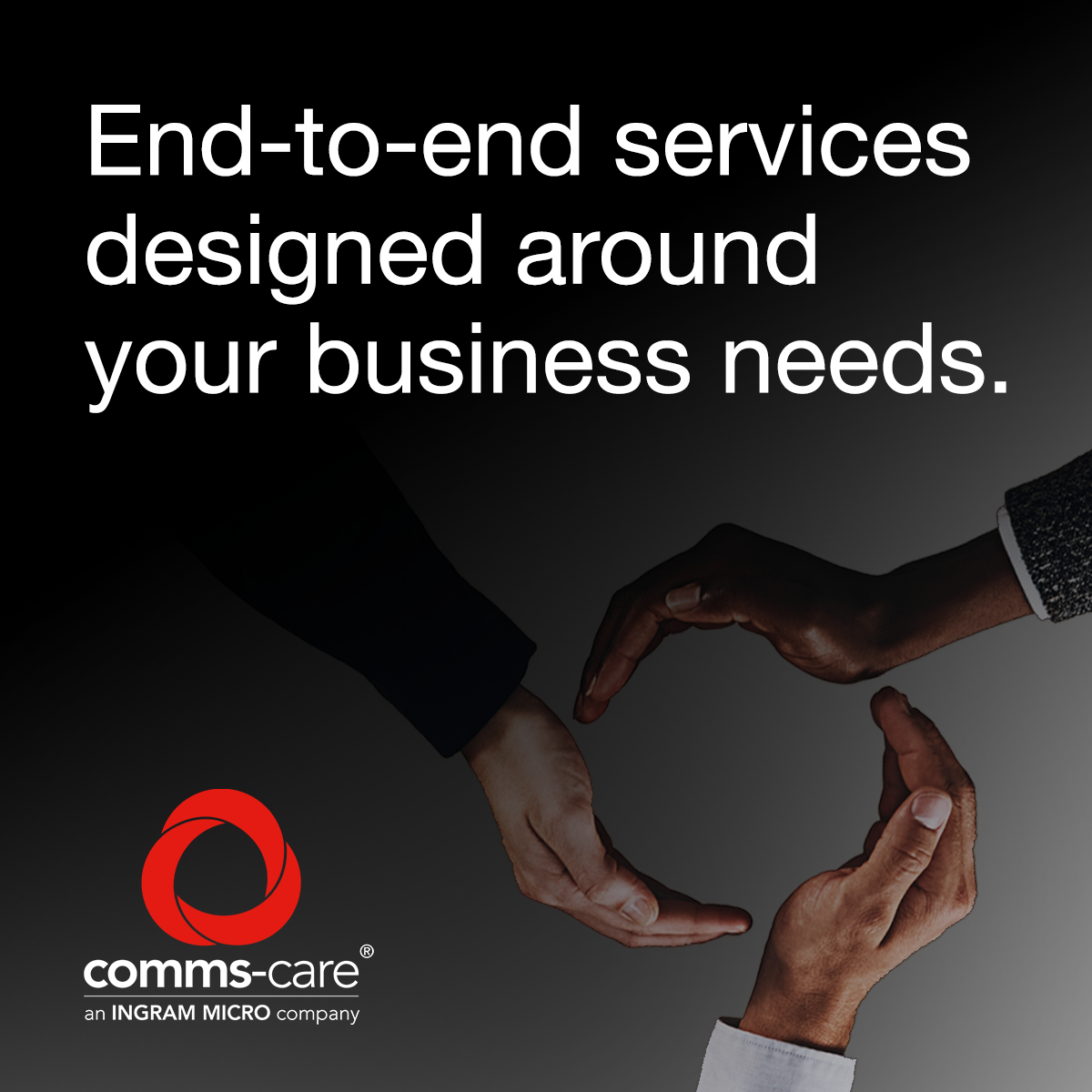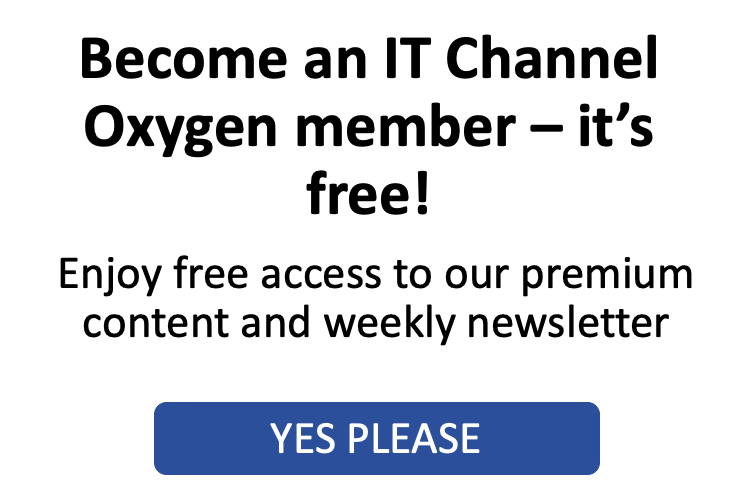Hi Karlton. You’ve been Schneider Electric’s IT Channel Director for nearly three years. What’s been your biggest accomplishment in that time?
For me, personally and professionally, there have been a host of highlights since my appointment as Channel Director in 2021, but the thing I’m most proud of is the team we’ve built.
Having a job spec that needs to be fulfilled is one thing, but our team really champions that idea of community and people – something that’s resonated across the channel.
By focusing on equality and hiring based on both the persons skillset, their merits, and their personality, I believe we’ve created an A-team, and in turn, that’s had a very positive impact on our relationships with partners.
Schneider Electric was crowned one of three ‘Champions’ in the 2023 Canalys Global Sustainable Ecosystems Leadership Matrix. What do partners and customers need to know about your sustainability strategy?
Being awarded Champion status by Canalys was a key milestone for Schneider Electric, and reinforces our position as one of the world’s leading technology businesses, committed to sustainable progress.
In that respect I think it’s important to note that we’re always looking to try to evolve our product and service offerings and develop new strategies that help our customers and partners to reduce energy, emissions, costs, and waste – something that we live and breathe.
For example, part of our sustainability strategy is to help our customers save and avoid 800 million tonnes of CO2 emissions by 2025. Since that climate target was set, we’ve helped them reduce 576M tonnes of carbon emissions.
Another is our Zero Carbon Project, where our ambition is to reduce 50% of the emissions from our top 1,000 suppliers by 2025. To-date we’re over halfway towards achieving that goal.
At the same time, we’ve also taken steps to ensure that 65% of our primary and secondary packaging is free from single-use plastics, using recycled cardboard in its place, and we’re hopeful that will become 100% by 2025.
Looking forward our strategy is to continue to invest in innovation, and to push boundaries where sustainable technologies are concerned – both at the hardware and software layers, and across our partner ecosystem.
Can you tell us more about Zeigo Activate?
Certainly, Zeigo Activate is a new subscription-based software as a service (SaaS) solution for small-to-medium sized Partners.
At a high-level, it’s designed to enables partners to calculate and track energy-related emissions, giving them a benchmark to report against, and after, build a simple-to-implement and bespoke sustainability strategy with very clear and measurable goals.
It’s a fantastic bit of software, very intuitive and easy to use, but the best thing about is that it gets partners on the road to reducing their environmental impact, no matter how big or small the steps might seem.
For those who might be worried about what they should be doing regarding sustainability, the software also enables users to connect with local solution providers who specialise in in energy efficiency and renewables – which helps close the gap where external skills and expertise are needed.
Do you think the UK IT channel is moving quickly enough on sustainability?
The IT channel has always struggled to keep up with the sustainability agenda, but it has made significant steps forward in recent years, especially where energy efficiency, renewables, reduction of plastics and even EVs are concerned.
We’ve also seen a trend of customers and partners publicly making sustainability commitments, sharing ESG reports and any progress they’ve made, which obviously moves the needle and encourages progress from other businesses.
However, there’s no doubt there’s a lot more that can be done with regards to the reduction of emissions and waste, and the more we can do collectively, even on the small things, the more those gains will compound over time.
In some respects, the channel is a large vessel, and it may take time to turn, but the more we focus on driving progress as a community, the more progress we will make.
For me personally, that marker for sustainability should be based on what we want to leave for our children, and our children’s children, because if we don’t do something now, things may get worse in future.
To what extent does offsetting have a part to play in corporate sustainability strategies?
This is an interesting subject, and offsetting has been heavily scrutinised in recent years – even more so given last month’s news from the Science Based Targets initiative (SBTi).
While you could argue that any steps towards reducing a person’s or business’ environmental impact are important, long-term, we have to get to a place where strategies like offsets aren’t needed.
That requires all of us to do less of the things that increase emissions and waste, and demands all businesses become more environmentally conscious of the choices they make.
If we keep offsetting and do nothing else to address the issues surrounding CO2 emissions, we remain static, and that won’t move the dial on the sustainability agenda.
The IT channel suffers from a diversity deficit, particularly in leadership positions. Where has it gone wrong in the past, and are you seeing any progress on this front?
These days, especially when I think of my own team, I prefer to look at equality versus diversity.
Diversity opens the door on so many issues regarding race, how a person identifies or their sexual preferences, but if we approach every decision – be it leadership, hiring or internal promotions – with equality front of mind, that allows us to treat everybody as they deserve to be treated – with respect, thereby allowing us as a channel community to address any areas of deficit.
Whether you’re a forty-year-old white man, mixed race, a single woman, a mum, dad, or a member of the LGBT+ community, we need to stop looking at things on a level that’s skin deep and approach diversity from a position of equality for all.
Our own channel team at Schneider Electric is made up of 60% women, who have all secured their roles and grown within the team based on their own experiences and merits, not because they help us achieve a hiring objective – they are the best person for the job, and they champion that ethos of equality.
How do you approach diversity in Schneider Electric’s UK business?
Schneider Electric’s diversity, equity, inclusion and well-being ambition is to be the most inclusive and caring company in the world. We aim to achieve this by providing equitable opportunities to everyone, everywhere – all generations, genders, disabilities, origins and beliefs – and by ensuring all employees are uniquely valued and provided with a safe environment in which to contribute their best.
At a local level, we have a host of initiatives including apprenticeship programmes, women leadership cohorts and inclusive recruitment initiatives to name but a few. Within my own team, we have a 60/40 split in terms of female-to-male employees.
In the future, we’re steadfast in our pursuit to further our global DEI ambitions. While we have successfully achieved one of the global goals of 30% female leaders, we are targeting 50% external female hiring and elevating female representation in front-line manager roles to 40%. We also recognise the immense potential in early-career talents; hence, we’re gearing up to double opportunities for them, positioning them as the next wave of organisational leaders.
Do you think the UK IT channel does enough to attract talent from working-class backgrounds and promote social mobility?
In short, no. And long-term, I believe that if you want to move the needle on diversity and equality, and promote social mobility, then you have to go into unchartered territory, which from a channel perspective, means we have to make a career in the IT industry accessible from a host of backgrounds – be those grads, apprentices, or people from disadvantaged backgrounds.
Some of the very best leaders I know in the channel have come from very challenging circumstances and walks of life that people in the industry may not be able to begin to comprehend.
To see those people having been given a chance in a channel business, to have that ambition and work ethic, and then to meet and exceed expectations at every step, is massively rewarding.
Personally, I feel strongly that we need to be more vocal in places where people are at a disadvantage, and from there, we’ll create pathways for young people from diverse backgrounds to make a very positive impact in the channel.
How would you summarise your leadership style?
My leadership style is people-first. We all remember our best bosses, and I hope that my team looks back on their time working with me as one of the best times in their collective careers. I also love to coach, and I hope that in some way I’ve helped to coach and develop them – both on a personal and professional basis.
Trust is incredibly important, and that trust runs deep within our team. It’s demonstrated day in and day out with how our team works with our partners and with each other.
What kind of benchmarks or metrics would make 2024 a successful year for you and your team?
As a channel leader, my first objective is always going to be to make sure we hit our sales numbers. The business is the priority.
That said, I’d also like to progress within the business, to progress within my own career at Schneider Electric, and to see someone else from my team take the reins and continue the successes we’ve had with our UK and Ireland channel partners.
Finally, business is about people, and the channel is a community. If we could spend more time in the field with our partners, and ensure that we continue to lead with best-in-class relationships, that would be another key marker for success.
This article was produced in association with Schneider Electric and is classified as partner content. What is partner content? See more here.


